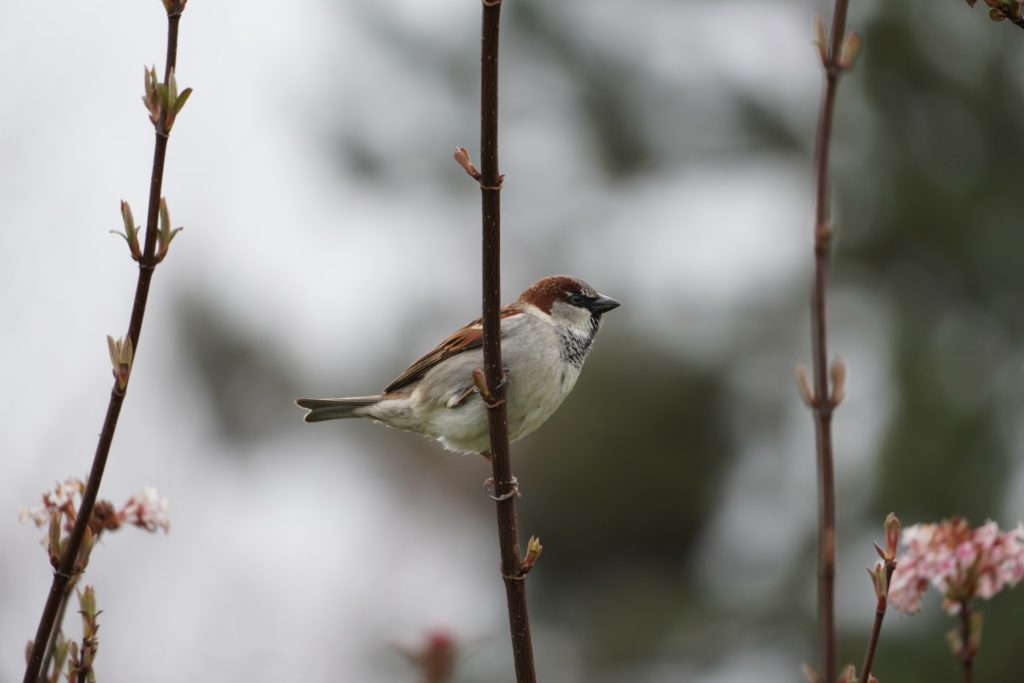More than half a billion breeding birds have disappeared in the European Union in the last forty years, according to a new international study.
The news is “a clear signal that something is wrong in our environment,” bird expert Jan Rodts told De Morgen.
Since 1980, about 600 million breeding birds, or one in six, have disappeared in the European Union.
“Anyone who cares about nature should be worried about it,” Rodts said.
He pointed out that the increasing scarcity of some bird species doesn’t come as a surprise. An annual count of sparrows in Flanders has been tracking the decline for years.
“Birds are simply losing their habitat in different places,” explained Rodts.
“There is no denying that agriculture has destroyed a lot of things. Modern agricultural techniques, such as the use of pesticides or the fact that the same crop is always grown on the same land, have caused a sharp decline in the number of meadow and field birds. The removal of landscape elements such as pollarded willows, rows of trees or hedges also plays a role.”
Related News
- Bird flu detected: Belgian poultry owners must confine their birds from Monday
- Brussels Airport fights birds on runways – with drones
Cities aren’t doing much better at maintaining their bird populations, either. Disappearing greenery and a limited number of parks provide few places for birds to call home.
“The renovation of old buildings also plays a role. Whereas house sparrows used to be able to make nests in old wall crevices or under roof tiles, they are now finding it increasingly difficult to do so,” said Rodts.
“This is not to say that people should not insulate their houses. But we do need to think about how we can offer birds artificial nesting opportunities. In the Netherlands, for example, sparrow hives are often installed in the façade during renovations. Unfortunately, we pay less attention to this [in Belgium].”
Still, not every bird species is in decline. Seven species of birds of prey have actually increased in number in recent decades.
One explanation, according to Rodts, is that fewer pesticides are used at the municipal level. Another is that many previously unprotected species have earned that status.
“Nevertheless, many species are still shot or stolen illegally. For example, I heard today that a raven, although a protected species, was found in Limburg with nine hailstones in its body. That happens all too often,” said Rodts.
He doesn’t view the situation as hopeless.
“The population is becoming increasingly interested in nature management. Initiatives like MaaiMeiNiet do more for biodiversity than the construction of any city park. That gives us some courage.”

